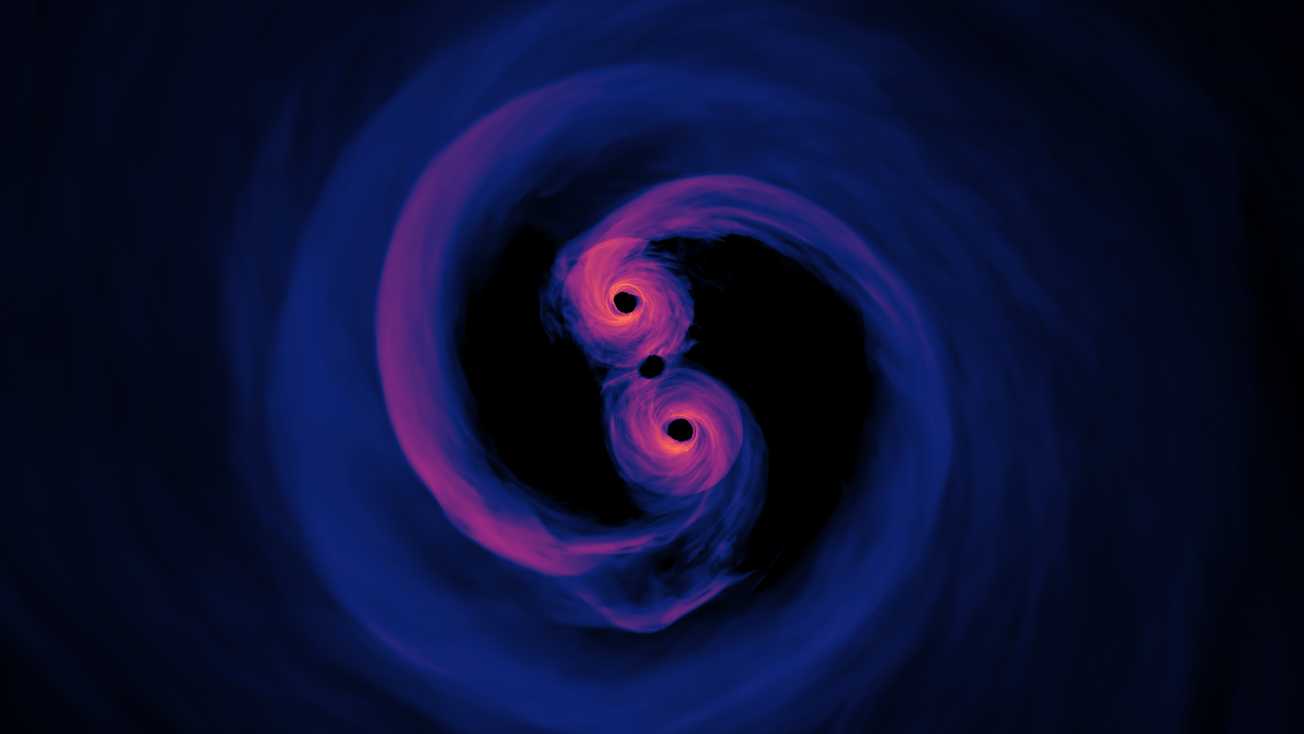By Cali Stott, Third year, Mechanical and Electrical Engineering
SciTech explores the mysteries of space and time, challenging conceptual perceptions through the lens of quantum mechanics and groundbreaking theoretical physics.
Space and time have long been considered fundamental, distinct when described by Newtonian physics and then united in Einstein’s theories of relativity in the early 20th century. Our comprehension of the world is grounded in the dimensions of space and time; we engage with a three-dimensional reality and navigate our experiences with the concepts of past, present and future. Within science, these concepts have allowed us to render robust explanations of everything we experience at scales of a thousand times smaller than the nucleus of the atom to the size of the observable universe 15 billion light years across. However, as quantum physics delves into infinitesimal scales, space and time begin to crumble and it is revealed that they may be nothing more than an evolutionarily handy perception of reality.
The emergence of quantum mechanics stands as a turning point in dismantling the notions of space and time. Coined 'spooky' by Einstein, experiments like the double slit experiment and Heisenberg’s uncertainty principle introduced perplexing phenomena that left physicists mystified. The former showed that light behaved both as a wave and a particle and, most strikingly, that the act of observation itself transformed the behaviour from wave-like to particle-like. It was also revealed that at the quantum scale particles defy classical predictability and exhibit random behaviour (as seen in radioactive decay), unlike the bodies abiding by the rules of Newtonian physics (e.g. if you flip a coin and have all the necessary information about the mass, force, position, air resistance etc acting on the coin then you can predict the outcome with a certainty of 1).
The nature of these discoveries has prompted a philosophical re-evaluation amongst scientists. For decades a materialist view held sway – matter is the fundamental constituent, and therefore consciousness must have emerged from it. But recent discoveries challenge this consensus. If electrons and photons can transform from an energy carrying wave into a particle upon observation, could our observation contribute to the very existence of the matter shaping our reality? This idea leads us to the notion of idealism, recently gaining traction amongst theoretical physicists and philosophers. It postulates that matter and the physical universe may just be the way the one reality, made of consciousness, appears from the localised finite perspective of a human mind. Matter might just be part of the way reality appears; not what reality is.
Recent discoveries in theoretical physics further propel this shift, one example being the amplituhedron, a mathematical geometric structure introduced by Nima Arkani-Hamed in 2013 which dramatically simplifies the formulas for computing the probabilities of subatomic particles colliding and scattering in a variety of ways. 'The degree of efficiency is mind-boggling,' said Jacob Bourjaily, a theoretical physicist at Harvard University who contributed to the development of the idea. 'You can easily do, on paper, computations that were infeasible even with a computer before.' The previous formulas, derived from Feynman diagrams, assumed physical processes which evolve locally in space and time, unlike the amplituhedron whose structure is removed from two principles integral to physics as described through spacetime: locality (the notion that particles can interact only from adjoining positions in space and time) and unitarity (probabilities of all possible outcomes of an interaction must add to 1). The amplituhedron reveals deep symmetries hidden behind space-time by abandoning the assumption that they are fundamental, giving rise to the idea that there is a more fundamental structure from which spacetime is born.
Another notable discovery contributing to this notion is one which awarded Alain Aspect, John F. Clauser, and Anton Zeilinger the Nobel Prize in Physics in 2022. Their experiments with entangled particles – particles which are able to affect the characteristics of each other despite being large distances apart – demonstrated violations of Bell inequalities, tests which distinguish quantum mechanics from classical theories with hidden variables. A handy explanation from Nobel Prize website: 'Quantum mechanics’ entangled pairs can be compared to a machine that throws out balls of opposite colours in opposite directions. When Bob catches a ball and sees that it is black, he immediately knows that Alice has caught a white one. In a theory that uses hidden variables, the balls had always contained hidden information about what colour to show. However, quantum mechanics says that the balls were grey until someone looked at them, when one randomly turned white and the other black. Bell inequalities show that there are experiments that can differentiate between these cases. (This experiment) has proven that quantum mechanics’ description is correct. The balls are grey, with no secret information, and chance determines which becomes black and which becomes white in an experiment.' In other words, the experiment has disproven the pre-existence of observable characteristics; as theorized by Schrodinger the cat is indeed dead and alive at the same time until the box is opened, and hence our observable reality may indeed brought into existence by our own observation.
Whilst these are fresh concepts whose investigation is ongoing they prompt us to question the status quo and maintain an open mind in our pursuit of understanding. Each layer that is revealed does not necessarily give the whole picture but serves as a stepping stone for our understanding and can bring new ideas into fruition. Much like the initial scepticism toward the utility of quantum mechanics, which later revolutionized the transistor brought about quantum computers, these revelations could kickstart huge technological advances. As the anecdote goes, when questioned by a politician about the practical use of his experiments Faraday responded: 'I don’t know sir, but one day you will tax it.'
Featured image: Flickr / NASA’s Goddard Space Flight Center
Do you believe that matter is the fundamental component of reality?









